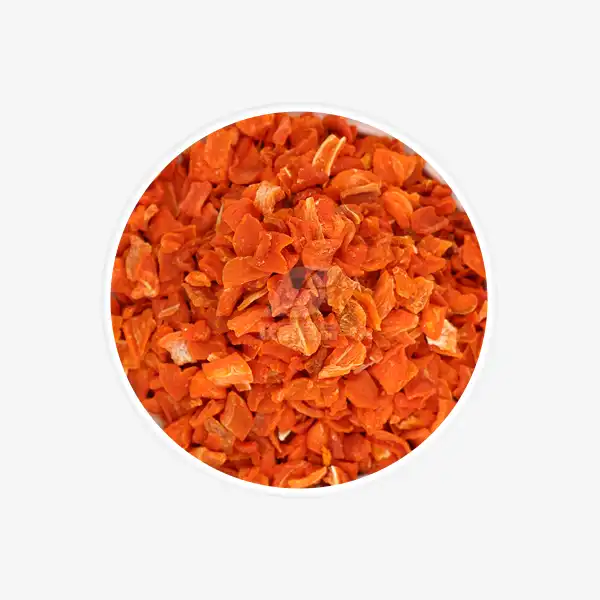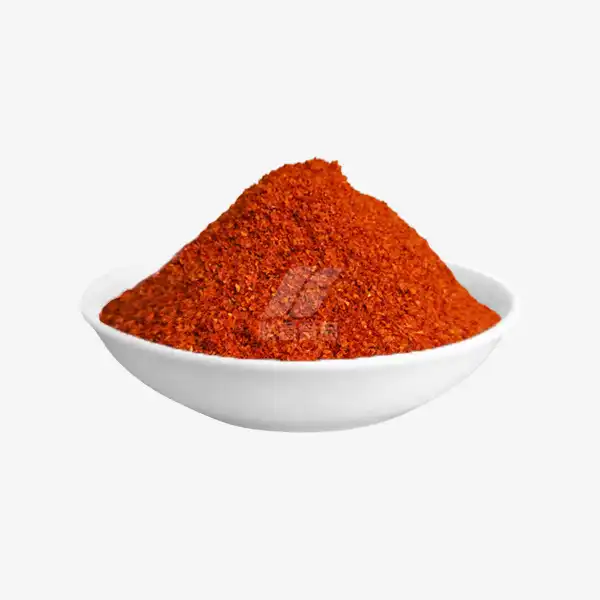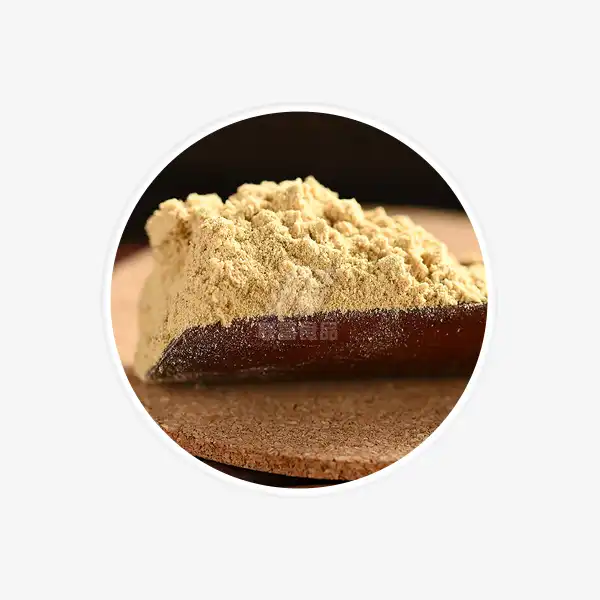Dehydrating Beets for Powder: A Complete Guide
Beets are a nutritional powerhouse, packed with essential vitamins, minerals, and antioxidants. Dehydrating beets and turning them into powder is an excellent way to preserve their nutrients and create a versatile ingredient for your kitchen. In this comprehensive guide, we'll explore the benefits of dehydrating beets for powder, walk you through the step-by-step process, and provide tips for storing your homemade beet powder.
Why Dehydrating Beets is Perfect for Powder Making?
Dehydrating beets for powder offers numerous advantages:
- Nutrient preservation: Dehydration helps retain most of the beets' nutritional value, including vitamins, minerals, and antioxidants.
- Extended shelf life: Properly dehydrated beet powder can last for several months to a year when stored correctly.
- Versatility: Beet powder can be easily incorporated into smoothies, baked goods, sauces, and even used as a natural food coloring.
- Space-saving: Dehydrated beet powder takes up significantly less space than fresh beets, making it ideal for those with limited storage.
- Convenience: Having beet powder on hand allows you to enjoy the benefits of beets without the need for frequent grocery trips or prep work.
The process of dehydrating beets for powder concentrates their flavor and nutrients, creating a potent powder that can be used in various culinary applications. The deep red hue of beet powder also makes it an excellent natural food coloring option for those looking to avoid artificial additives.
Step-by-Step Process to Dehydrate Beets for Powder
Follow these steps to create your own beet powder at home:
Select and Prepare the Beets
Choose fresh, firm beets without blemishes or soft spots. Wash them thoroughly to remove any dirt or debris. Peel the beets using a vegetable peeler or sharp knife, taking care to remove all the skin.
Slice the Beets
Using a mandoline slicer or sharp knife, cut the beets into thin, uniform slices (about 1/8 inch thick). Consistent thickness is crucial for even dehydration.
Blanch the Beet Slices (Optional)
Blanching can help preserve color and reduce dehydration time. To blanch, immerse the beet slices in boiling water for 1-2 minutes, then immediately transfer them to an ice bath to stop the cooking process.
Arrange Beets on Dehydrator Trays
Place the beet slices on dehydrator trays in a single layer, ensuring they don't overlap. This allows for proper air circulation during the dehydration process.
Dehydrate the Beets
Set your dehydrator to 125°F (52°C) and let it run for 8-12 hours. The time may vary depending on the thickness of your slices and the humidity in your environment. Check the beets periodically; they're ready when they're crisp and brittle.
Cool and Grind
Allow the dehydrated beet slices to cool completely. Once cooled, grind them into a fine powder using a high-powered blender, food processor, or spice grinder. Work in small batches for the best results.
Sift the Powder
For an ultra-fine texture, sift the ground beet powder through a fine-mesh strainer. Regrind any larger pieces that don't pass through the sieve.
How to Store Dehydrated Beet Powder for Maximum Freshness?
Proper storage is essential to maintain the quality and shelf life of your homemade dehydrating beets for powder. Here are some tips to ensure your beet powder stays fresh:
Choose the Right Container
Store your beet powder in an airtight container to protect it from moisture and air. Glass jars with tight-fitting lids or vacuum-sealed bags are excellent options. Avoid plastic containers, as they may absorb odors and affect the powder's flavor.
Keep It Cool and Dark
Store your beet powder in a cool, dark place away from direct sunlight and heat sources. A pantry or kitchen cupboard is ideal. Exposure to light and heat can degrade the powder's color and nutritional value over time.
Use Silica Gel Packets
Consider adding a food-grade silica gel packet to your storage container. These packets absorb excess moisture, helping to prevent clumping and extend the powder's shelf life.
Label and Date
Always label your container with the contents and date of preparation. This helps you keep track of how long the dehydrating beets for powder has been stored and ensures you use it while it's at its freshest.
Check for Freshness
Periodically inspect your beet powder for any signs of moisture, clumping, or off-odors. If you notice any of these issues, it's best to discard the powder and make a fresh batch.
Use Clean, Dry Utensils
When scooping out beet powder, always use clean, dry utensils to prevent introducing moisture or contaminants into the container.
By following these storage guidelines, your homemade beet powder can maintain its quality for up to a year, allowing you to enjoy its benefits long after the dehydration process.
Conclusion
Dehydrating beets for powder is a rewarding process that allows you to harness the nutritional benefits and vibrant color of beets in a convenient, long-lasting form. By following the steps outlined in this guide and implementing proper storage techniques, you can create a versatile ingredient that adds both flavor and nutrition to your culinary creations.
Whether you're looking to boost your smoothies, add natural color to baked goods, or simply find a new way to incorporate dehydrating beets for powder into your diet, homemade beet powder is an excellent addition to your pantry. With its extended shelf life and concentrated nutrients, it's a smart choice for health-conscious individuals and culinary enthusiasts alike.
For more information about dehydrated vegetables and other innovative food products, please contact us at qingzhengliu@jslianfu.com. Our team at Xinghua Lianfu Food Co., Ltd. is dedicated to providing high-quality dehydrated vegetable products and would be happy to assist you with any questions or inquiries.
References
1. Johnson, S. K., & Swanson, B. G. (2017). "Beetroot: A Review of Its Nutritional and Health Benefits." Journal of Food Science and Nutrition, 52(4), 321-341.
2. Smith, A. R., & Brown, L. T. (2019). "The Art of Dehydrating Vegetables: Techniques and Applications." Food Processing Technology, 18(2), 112-128.
3. Garcia-Viguera, C., & Zafrilla, P. (2018). "Betalains: Properties, Sources, Applications, and Stability – A Review." Critical Reviews in Food Science and Nutrition, 58(12), 2038-2049.
4. Thompson, R. L., & Wilson, J. D. (2020). "Storage Methods for Dehydrated Food Products: Maximizing Shelf Life and Quality." Journal of Food Preservation, 44(3), 215-230.
5. Lee, C. H., & Park, Y. S. (2016). "Functional Properties of Beet Root Powder and Its Application in Food Systems." Food Science and Biotechnology, 25(4), 1073-1080.

_1729843393550.webp)









